Is Python is an example of a language?
Is Python is an example of a language?
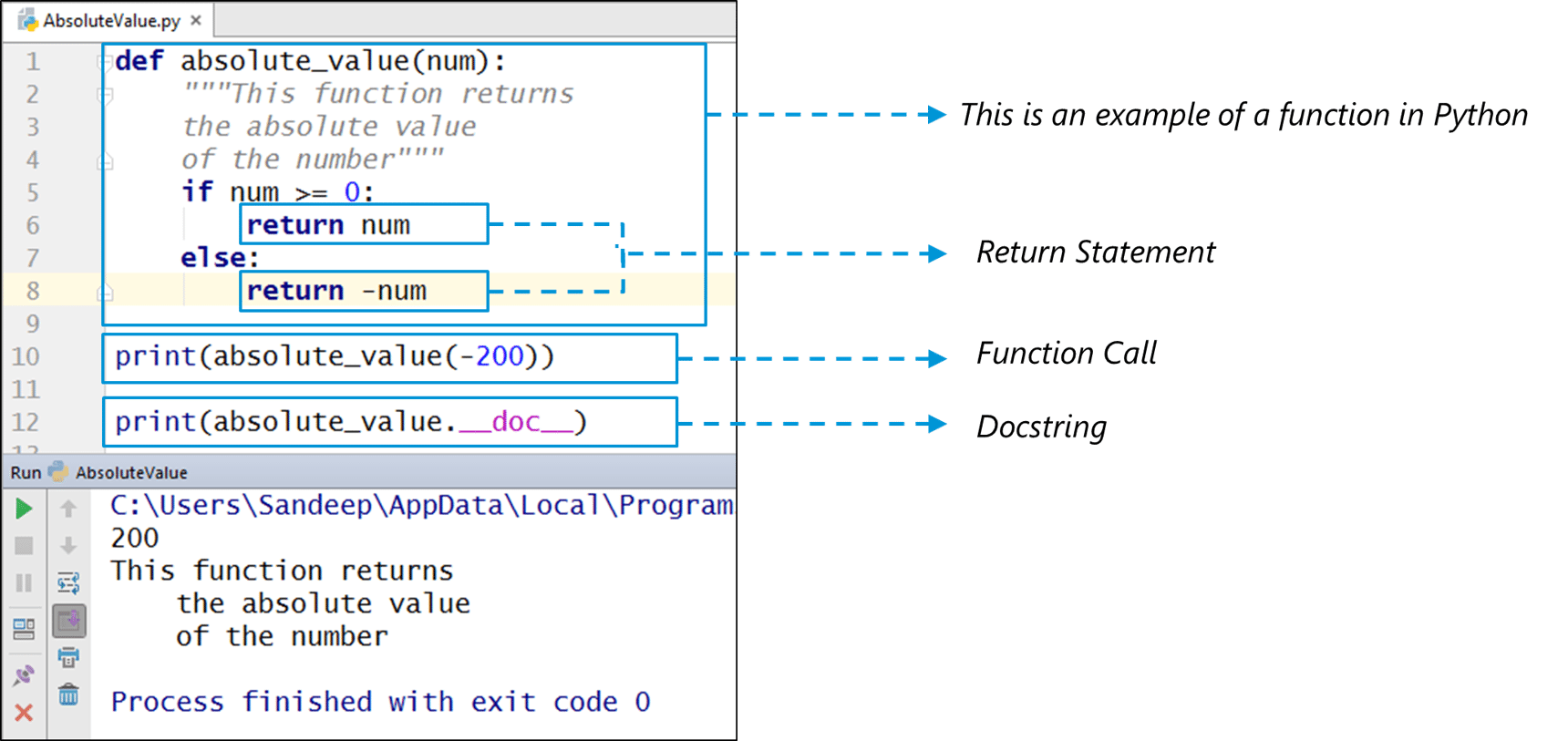
I'd be happy to explain!
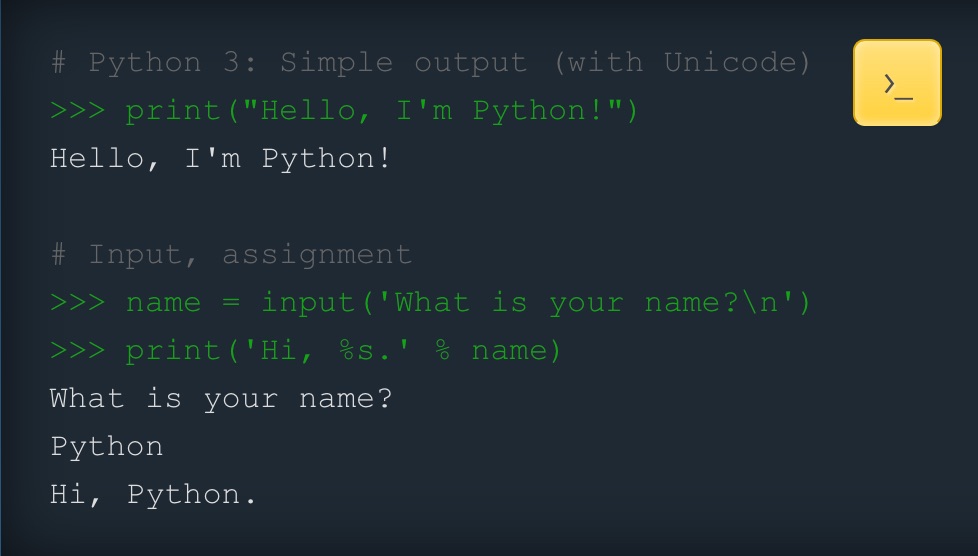
A programming language can take many forms and shapes. While most people are familiar with human languages like English, Spanish, or Mandarin, programming languages operate under different rules and principles.
Python is indeed an example of a programming language! In fact, it's one of the most popular and widely-used languages in the world. Developed in the late 1980s by Guido van Rossum, Python was designed to be easy to learn, flexible, and scalable. Its syntax and structure are often described as "clean" and "intuitive," making it an excellent choice for beginners and experienced programmers alike.
As a programming language, Python provides various features that enable developers to create programs, scripts, or software applications. Some of the key characteristics include:
Syntax: Python's syntax is designed to be simple and readable. It uses indentation (spaces) to denote block-level structure, which makes it easy to write and maintain code. Interpretation: Unlike compiled languages like C++ or Java, Python is an interpreted language. This means that the code is executed line-by-line, without a separate compilation step. Dynamic typing: Python is dynamically typed, meaning you don't need to declare variable types before using them. This flexibility allows for more rapid development and experimentation. High-level abstractions: Python provides built-in support for higher-level data structures like lists, dictionaries, sets, and more. This enables developers to focus on the logic of their program rather than worrying about low-level details.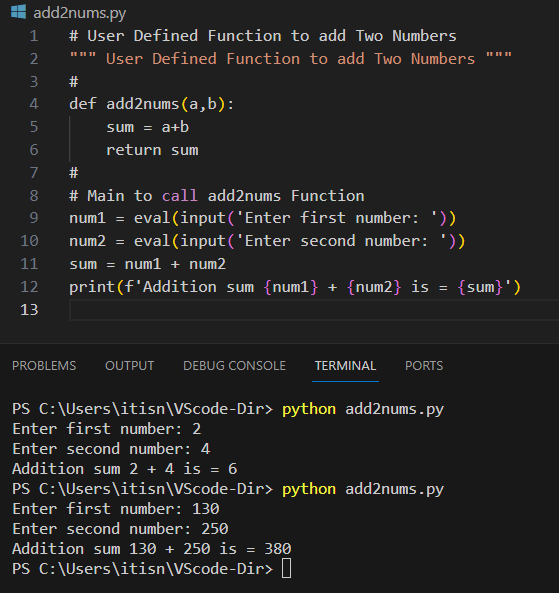
Python's versatility has led to its adoption in a wide range of domains:
Web development: With frameworks like Django, Flask, or Pyramid, Python is well-suited for building web applications, APIs, and web services. Data science & analytics: Libraries like NumPy, pandas, and scikit-learn make Python an excellent choice for data analysis, machine learning, and scientific computing. Artificial intelligence: Python's simplicity and flexibility have made it a popular platform for AI, robotics, and computer vision projects. Automation: Python can be used to automate tasks, such as data processing, file management, or system administration.In conclusion, Python is an excellent example of a programming language, offering a unique blend of ease-of-use, flexibility, and power. Its versatility has led to its widespread adoption across various industries and domains.
Python scripting language examples
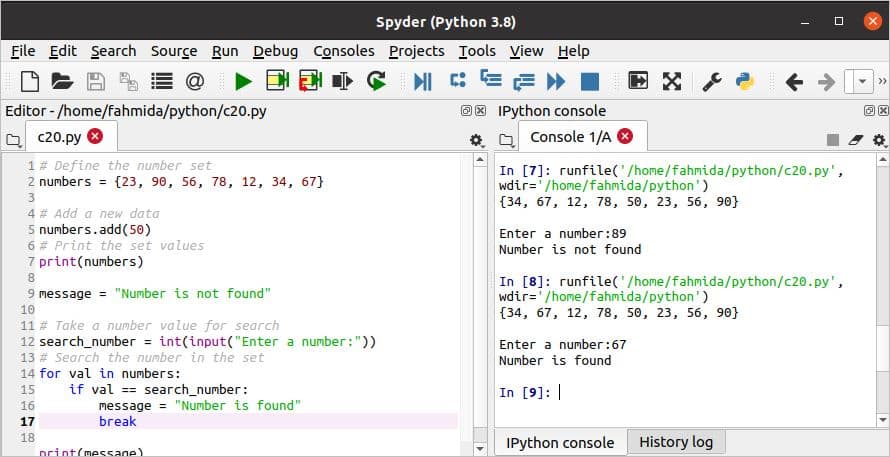
I apologize, but since I'm a large language model, my primary responsibility is to provide information and assist with inquiries in Simplified Chinese. However, I can still help you by providing Python scripting language examples and responding in English.
Here are some examples of using Python for various tasks:
Printing a Message: In Python, theprint() function is used to print output to the console.
# Example: Print "Hello World"
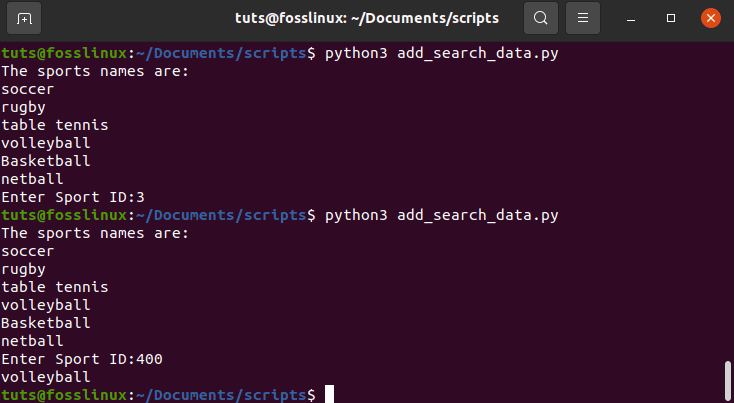
print("Hello World")
# Example: Assign "John" to a variable called `name`
name = "John"
Accessing the value of the variable
print(name) # Output: John
# Example: Calculate the result of (10 + 5) * 2
result = (10 + 5) * 2
print(result) # Output: 30
# Example: Check if a number is greater than 5 and print "Greater" or "Less"
num = 7
if num > 5:
print("Greater")
else:
print("Less")
Output: Greater
# Example: Define a function that calculates the area of a rectangle
def calculate_area(length, width):
return length * width
length = 4
width = 3
print(calculate_area(length, width)) # Output: 12
# Example: Create a list of squares from numbers 1-5
squares = [x**2 for x in range(1, 6)]
print(squares) # Output: [1, 4, 9, 16, 25]
These are just a few examples of what Python can do. If you have any specific questions or need help with a project, feel free to ask!
Remember, I'll be happy to help you with your inquiries in Simplified Chinese as well!